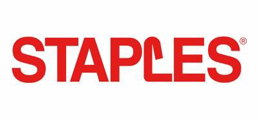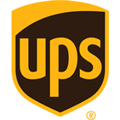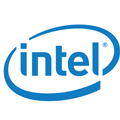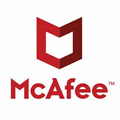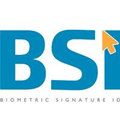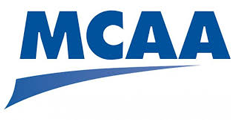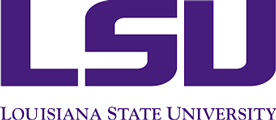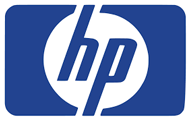Data Breaches; LexisNexis – FAA Hacked, Botnets Grow, Hackers Hold Data Ransom
What a week. Just when it starts to get boring, criminal hackers put on a spectacular show.
Criminal hackers continue to step up to the plate. Security professionals are fighting, and sometimes losing, the battle. Here’s one week’s worth of hacks:
Lexis Nexis, which owns ChoicePoint, an information broker I recently blogged about that was hacked in 2005, was just hacked again this week. On Friday, LexisNexis Group notified more than 32,000 people that their information may have been stolen and used in a credit card scam that involved stealing names, birth dates and Social Security numbers to set up fake credit card accounts. The cybercriminals broke into USPS mailboxes of businesses that contained LexisNexis database information, according to a breach notification letter sent by LexisNexis to its customers. The U.S. Postal Inspection Service is investigating the matter. (Check your credit reports and examine your credit card statements carefully!)
CNET reports that hackers broke into FAA air traffic control systems, too. The hackers compromised an FAA public-facing computer and used it to gain access to personally identifiable information, such as Social Security numbers, for 48,000 current and former FAA employees. In a House Oversight and Government Reform Subcommittee testimony, it was stated, “FAA computer systems were hacked and, as the FAA increases its dependence on modern IP-based networks, the risk of the intentional disruption of commercial air traffic has increased.”
Computerworld reports that a hacker has threatened to expose health data and is demanding $10 million. Good for him, bad for the Virginia Department of Health Professions. The alleged ransom note posted on the Virginia DHP Prescription Monitoring Program site claimed that the hacker had backed up and encrypted more than 8 million patient records and 35 million prescriptions and then deleted the original data. “Unfortunately for Virginia, their backups seem to have gone missing, too. Uh oh,” posted the hacker. Holding data hostage is nothing new, but it is becoming increasingly common.
The Register reports that bot-herders have taken control of 12 million new IP addresses in the first quarter of 2009, a 50% increase since the last quarter of 2008, according to an Internet security report from McAfee. The infamous Conficker superworm has occupied all the headlines, and makes a big contribution to the overall figure of compromised Windows PCs, but other strains of malware collectively make a big contribution to this number. McAfee’s Threat Report notes that the US is home to 18% of botnet-infected computers.
While you can’t do much about others being irresponsible with your data, you can protect your identity, to a degree. Consider investing in identity theft protection and always keep your Internet security software updated.
Robert Siciliano, identity theft speaker, discusses Ransomware.

 Americans and stealing 10s of thousands of dollars monthly and spending that money in their remote villages.
Americans and stealing 10s of thousands of dollars monthly and spending that money in their remote villages.

